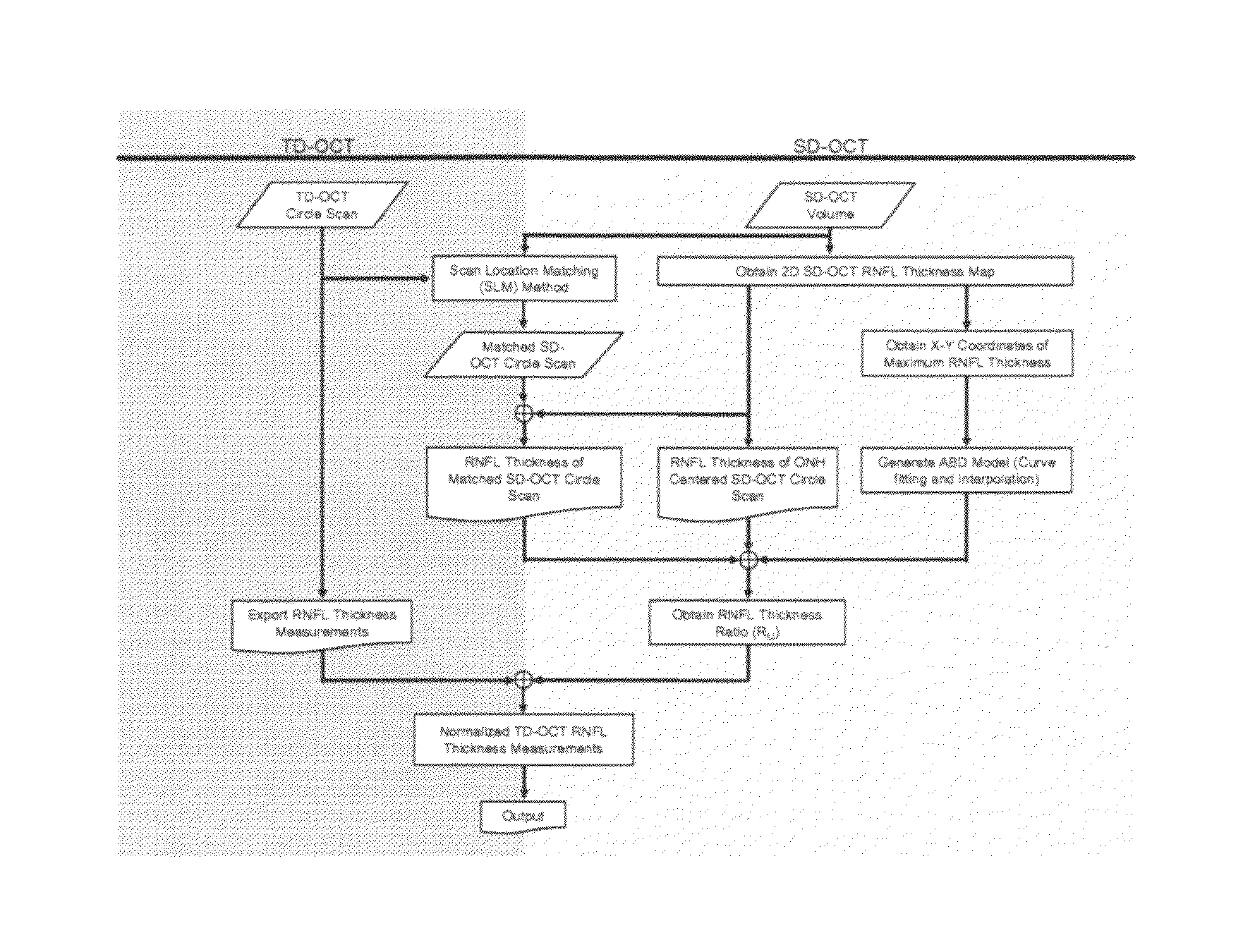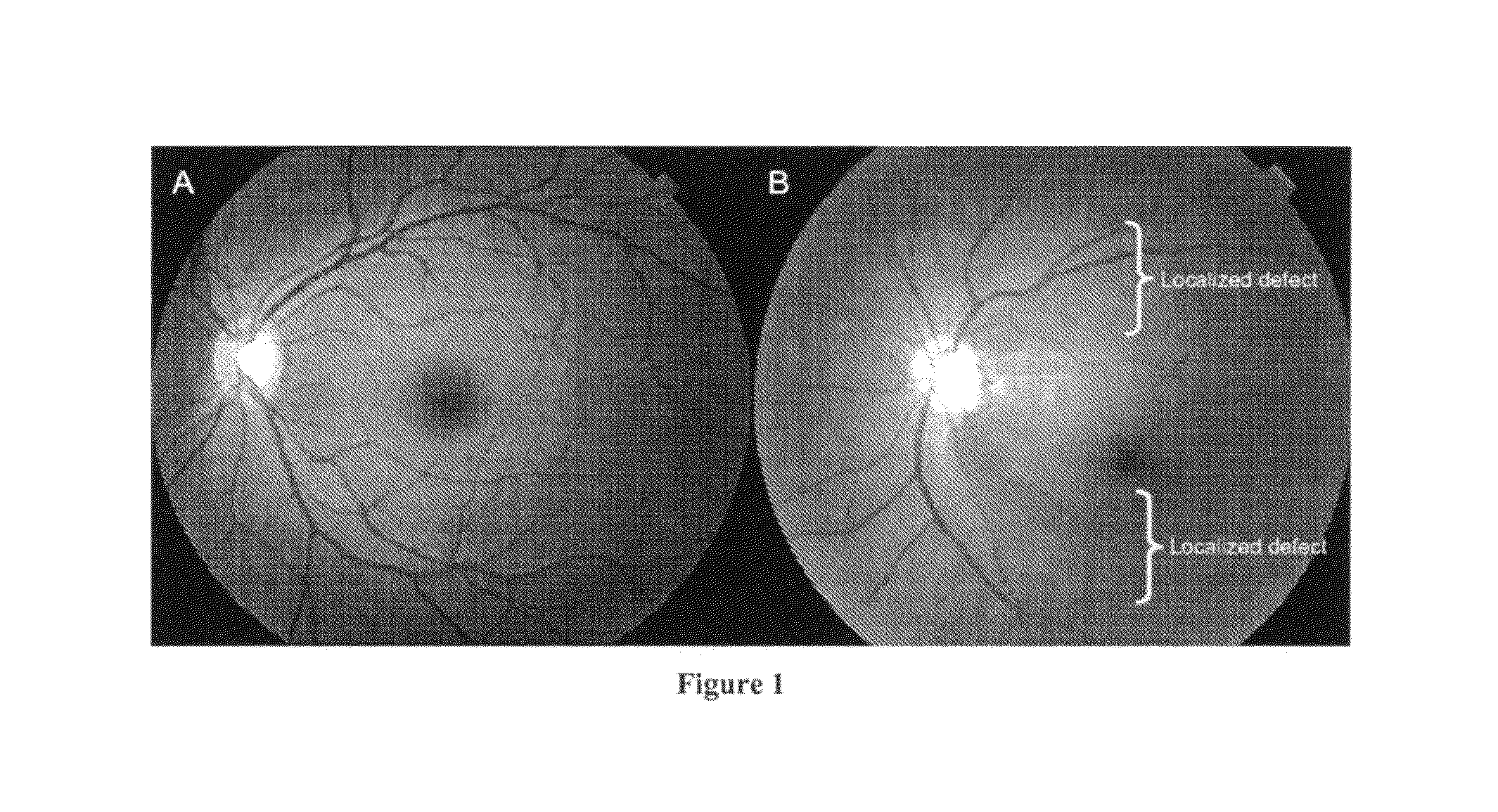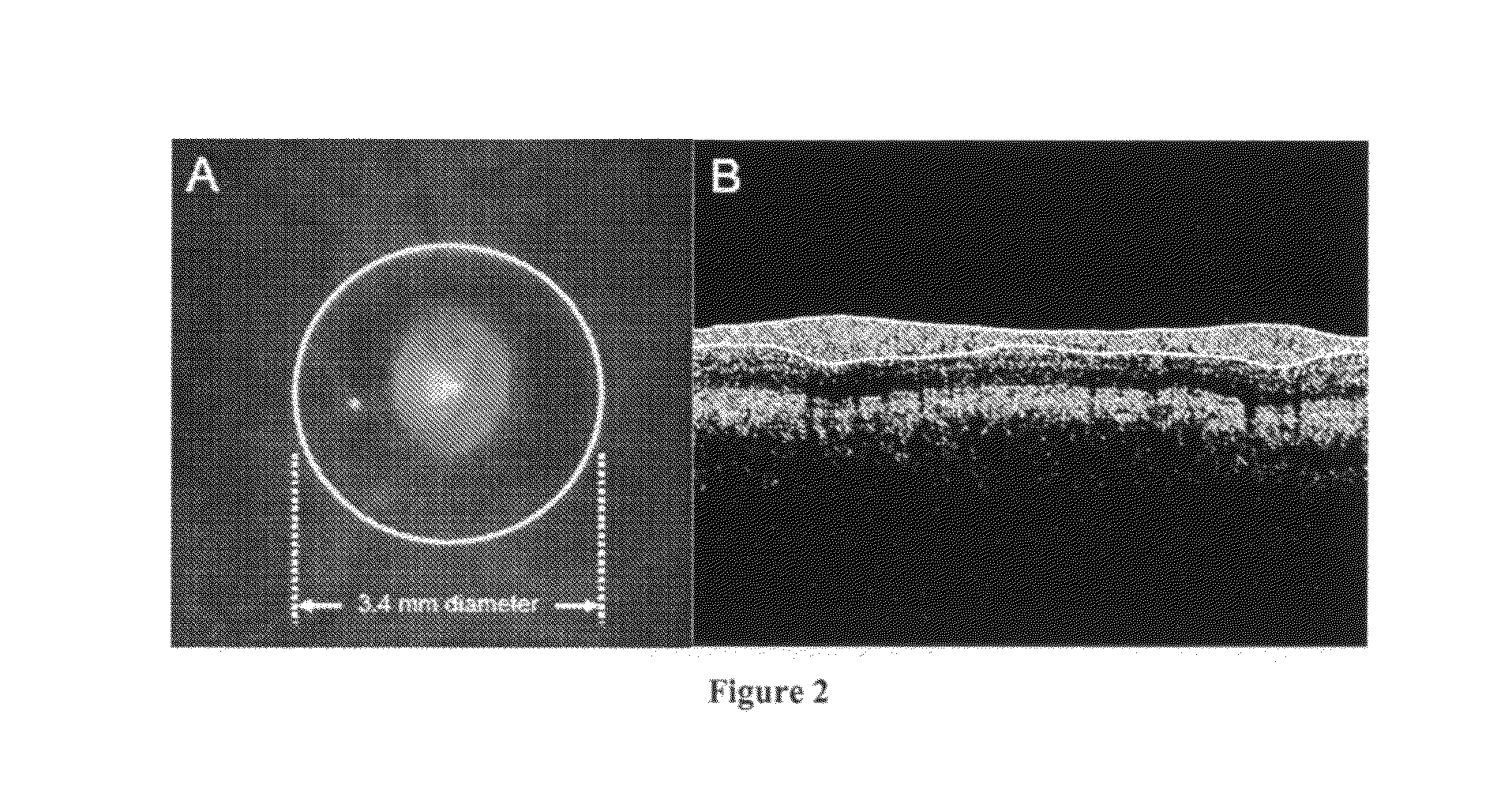Normalization of retinal nerve fiber layer thickness measurements made by time domain-optical coherence tomography
a time domain, optical coherence tomography and normalization technology, applied in the field of normalization of retinal nerve fiber layer thickness measurements made by time domain optical coherence tomography, can solve the problem of measurement variability in long-term follow-up of td-oct circle scan
- Summary
- Abstract
- Description
- Claims
- Application Information
AI Technical Summary
Benefits of technology
Problems solved by technology
Method used
Image
Examples
Embodiment Construction
Introduction
[0052]Optical coherence tomography, which was developed in 1991 by D. Huang, J. Schuman, et al at the Massachusetts Institute of Technology (MIT), Cambridge, is a low-coherence, interferometer-based, noninvasive medical imaging modality that can provide non-contact, real-time, high-resolution, cross-sectional images of biological tissue.1 According to a new market research report (Optical Coherence Tomography—Technology, Markets and Applications: 2008-2012 published by US media company PennWell (Tulsa, Okla.)), the optical coherence tomography (OCT) market will grow with revenues expected to top $800 million by 2012. The report estimates that the global market for OCT systems currently stands at around $200 million and is growing at an annual rate of 34% (Medical Physics Web; Jan. 16, 2008; http: / / medicalphysicsweb.org / cws / article / research / 32456). The first conventional time domain OCT (TD-OCT; Stratus OCT) was commercialized by Carl Zeiss Meditec, Inc. (CZMI), Dublin, C...
PUM
 Login to View More
Login to View More Abstract
Description
Claims
Application Information
 Login to View More
Login to View More - R&D
- Intellectual Property
- Life Sciences
- Materials
- Tech Scout
- Unparalleled Data Quality
- Higher Quality Content
- 60% Fewer Hallucinations
Browse by: Latest US Patents, China's latest patents, Technical Efficacy Thesaurus, Application Domain, Technology Topic, Popular Technical Reports.
© 2025 PatSnap. All rights reserved.Legal|Privacy policy|Modern Slavery Act Transparency Statement|Sitemap|About US| Contact US: help@patsnap.com



